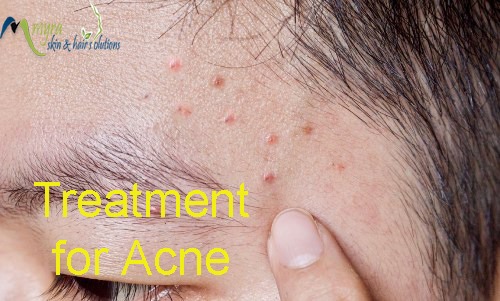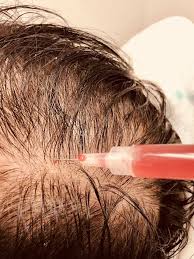Pigmentation and dark skin is an important component of dermatology consultations in the Asian population. Melasma appears to be the most common pigmentary disorder with a huge prevalence. Hyperpigmentary disorders have serious social and psychological connotations for the person and can impact the quality of life significantly. There is an intense and growing demand for a lightened skin color and females have been trying hard for years to pursue their dream to get a lighter skin tone without damaging their skin .
Indian skin is traditionally defined as Asian skin but this is not precise as Indian skin shows a remarkable variability from Kashmir to Kanyakumari . Fitzpatrick skin type 2-6 can be seen in India’s varied ethnic groups.
Post –inflammatory hyper pigmented marks due to healed acne lesions, melasma, pigmentation of the corners of the lip, around the lips , on the forehead , around the eyes ,pigmentation on the nose etc are the common complaints .
Hyperpigmentary disorders could be superficial (epidermal) and deep(dermal). This is defined by the location of the pigment .Most of the creams do not reach the deep layers in therapeutic concentrations and therefore cannot cure the deep pigmentation.
The epidermal pigmentation can be melanocytic pigmentation , where there is an increase in the number of melanocytes(melanin producing cells) or melanotic pigmentation due increased formation of melanin (the black pigment)in melanocytes .
Certain conditions however may act through both these mechanism to cause increased pigmentation .Ultraviolet light causes skin darkening through both of the above mentioned mechanisms. It can also lead to production of reactive oxygen species which may cause melanocyte stimulation to produce more melanin.
Lastly certain drugs and systemic diseases may act by a variety of methods to influence melanogenesis and cause hyperpigmentation .
A plethora of skin lightening agents is available and is quite popular in the masses. It’s prudent to use the skin lightening agents in a time sequential manner to avoid side effects. It is also important to judiciously combine these preparations with various procedures like chemical peeling, microdermabrasion ,lasers etc. under the guidance of a dermatologist.
Glutathione is the most commonly supplement in skin whitening regiments. It is a naturally occurring antioxidant and the human liver can produce it, and it is also present in several foods.
Glutathione is synthesized in mammals from three amino acids, glumate, cysteine and glycine. It is available in dietary form in watermelon, spinach, broccolis ,walnuts, oranges and tomatoes. It is primarily a free radical scavenger. Low levels of glutathione have been implicated in many diseases. Glutathione is used in the treatment of Alzheimer disease, Parkinson’s disease, multiple scleroisis, alcoholic hepatitis and chronic fatigue syndrome.
Glutathione has many roles to play in supporting overall health. It can:
- Neutralize the free radicals
- regenerate vitamins C and E
- remove mercury from the brain
- regulate cell growth and death
- activate antioxidant enzymes
- boost up the immunity
- slows aging process
- reduces the chances of development of cancer and slows the cancer progression
- helpful in cardiac diseases, liver diseases
- help in better diabetic management and improve insulin resistance
Glutathione levels naturally decrease with age. However, poor diet and sedentarism can also reduce glutathione levels.
People can naturally increase their glutathione levels by making dietary and lifestyle-related changes. Also glutathione is available in the oral and injectable form to supplement the reduced glutathione levels in the body.
For more information, visit www.myraskinclinic.com or call on +91-7042074628



